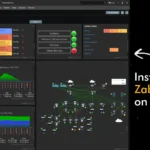Resolving the Permission Denied and Missing Binary Errors in LXD
When you install the LXD using the following command in your Ubuntu or Debian-based distributions: And try to begin your LXD journey with the following commands: You might end up with the following “permission denied” and “missing binary” errors in LXD: Output: Reason for Permission





